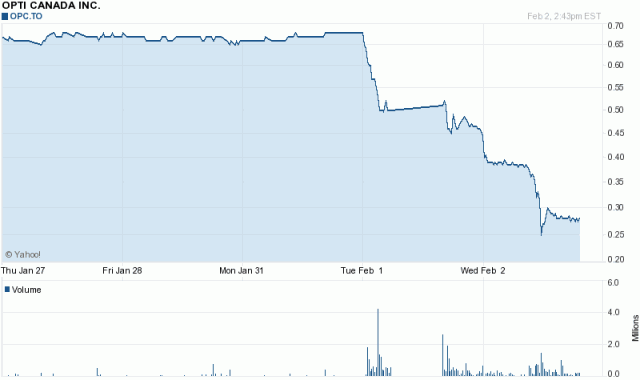The US federal reserve today released a “business as usual” statement, leaving their short term rates between 0 to 0.25%. Most relevantly:
To promote a stronger pace of economic recovery and to help ensure that inflation, over time, is at levels consistent with its mandate, the Committee decided today to continue expanding its holdings of securities as announced in November. In particular, the Committee is maintaining its existing policy of reinvesting principal payments from its securities holdings and intends to purchase $600 billion of longer-term Treasury securities by the end of the second quarter of 2011. The Committee will regularly review the pace of its securities purchases and the overall size of the asset-purchase program in light of incoming information and will adjust the program as needed to best foster maximum employment and price stability.
This QE2 (Quantitative Easing #2) capital will fund the US government’s fiscal deficit. Normally when the federal reserve purchases long-dated treasury securities, you would expect the yields of such bonds to decrease, but ever since the last imminent threat of QE2 last October, long-term bond yields have done nothing but rise. The following are 1-year charts of the 30-year and 10-year US treasury bond yields:


If these yields rise further, it affects valuations of other yield-bearing securities since these bonds are considered to be “risk-free”. In addition, the value of companies with long bonds in their portfolios will decline, and companies will be taking comprehensive losses to account for the market value decline in treasury prices.
Will interest rates rise further? Time will tell. Just be prepared for volatility.
It should also be noted that Canadian equivalents are trading at less yield than US counterparts – e.g. the Canadian 10-year note is trading at 3.27%, while the US 10-year treasury note is at 3.43%.


